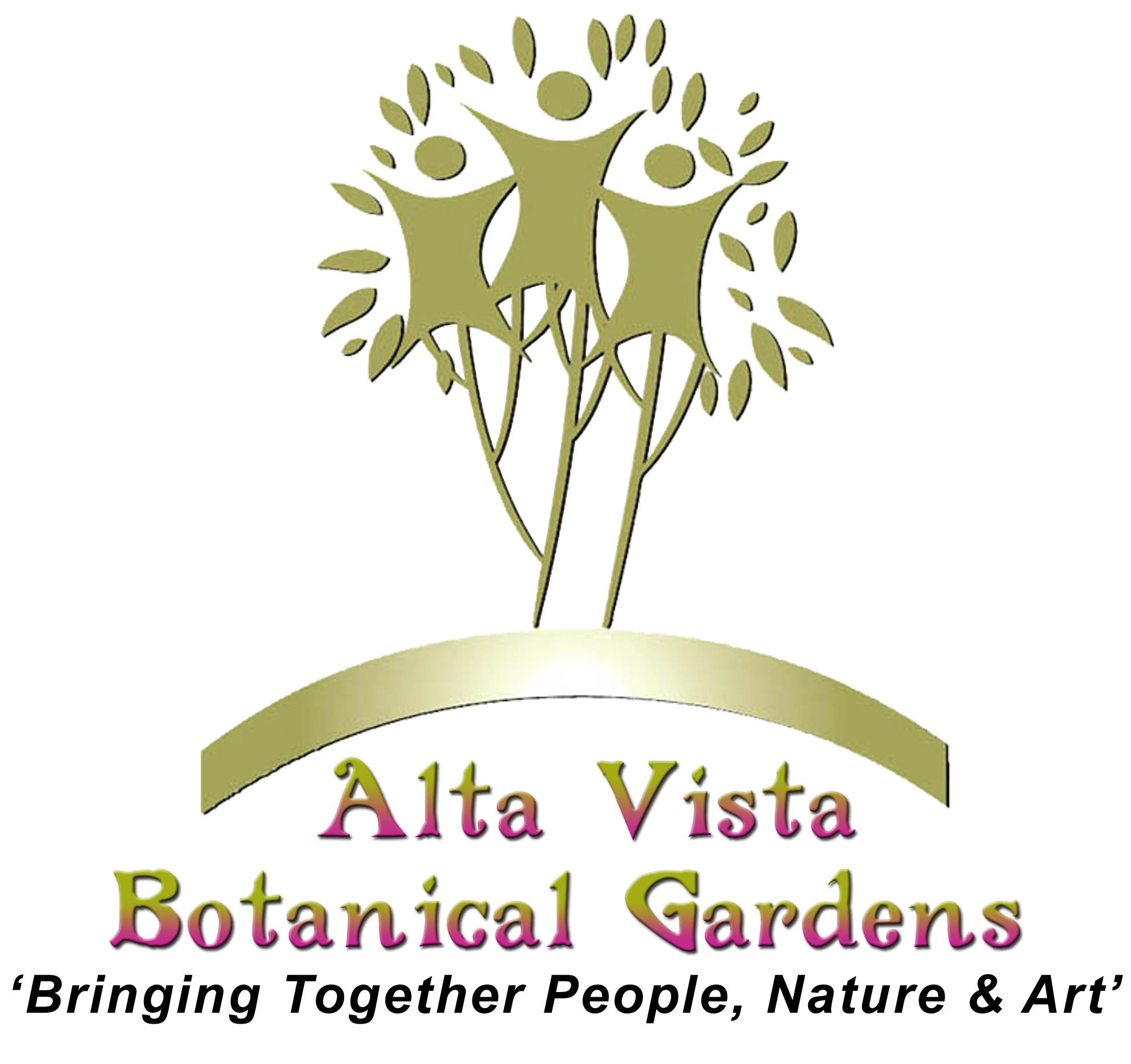Flowers, Plants, and Gardening: For Kids!
Study of Plants: Botany
Botany, also known as plant biology, involves studying plant life. Botanists study the parts of the plant, how it grows, reproduces, adapts, and gets nutrition. Botany started with the hunter-gatherer societies that aimed to identify edible, medicinal, and poisonous plants. Modern-day botanists study over 550,000 species of plant life. Botanists use a classification system to identify and categorize the many different types of species, including the nearly extinct. Scientists will use plants to study genetics. In fact, Gregor Mendel observed pea pods and their flowers to study how traits get passed down from one generation to the next.
Photosynthesis describes the plant`s process of absorbing light from the Sun and creating nutrition; however, not all plants will go through photosynthesis. Plants have a cell wall with a membrane made of cellulose and chlorophyll. Plant breeds range in a variety of sizes. There are small mosses to gigantic redwood trees that grow over one hundred feet tall. Plants are found everywhere and survived through the process of natural selection to adapt in various climate conditions. Other life forms depend on plant life in order to survive, including humans.
Be a Botanist! Learn more about Plants.
All About Plants: Interactive presentation that offers comprehensive information about plants. Topics include plant growth, plant parts, and pollination.
Plant Life: This web page shows the various activities that a plant performs to survive. Click on a part of the plant to find out what it does.
Parts of a Plant: An interactive image showing different parts of a plant. There are also descriptions of the parts and their functions.
Plant Cells: Simple activity that teaches about plant cells. Just click on the labels to find out what each part of a plant cell does.
How Seeds Move: A kid-friendly botany article from Oracle ThinkQuest. It shows how seeds are spread from one place to another.
Understanding Germination: University of Illinois web page that offers facts about germination. It describes the various stages of germination.
What is Photosynthesis?: BBC web page explaining the process of photosynthesis.
Plant Nutrition: Learn about plant nutrition in this website. Topics include plant nutrients, soil testing, fertilizer label, and others.
Growing of Plants: Gardening and Horticulture
Gardening is the practice of growing plants. There are various forms of gardening, including indoor gardening, native plant gardening, water gardening, container gardening, community gardening, and garden sharing.
There are many steps to gardening. The first step that a gardener must take is to determine what to grow. To do this, the gardener must decide the purpose of gardening in order to choose the type of plants. The reasons to garden are for recreation, to learn about plants and how they grow, to produce food or natural medicines, and to create ornamental plants for landscaping. The gardener must then choose a place to garden. Understanding the needs of a plant is very important for gardeners in this step. The needs of a plant can vary by the species but most plants need sunlight, nutrition, water, and space to grow. Gardeners must then cultivate the gardening ground, plant the seeds, tend to the plants and the surrounding area. Growing plants take time and attention. Nurturing each plant`s needs is very important.
Be a Gardener! Grow Plants.
Why Youth Gardens?: National Gardening Association article about the benefits of gardening. It is designed just for you! Find out how gardening can improve the physical and mental wellness of children.
Gardening Basics: Web page of the School Garden Wizard. It offers excellent basic gardening instructions.
Kids in the Garden: Website that specializes in gardening for kids. It offers excellent gardening tips and ideas.
Dan the Gardener: Dan the Gardener provides helpful gardening tips. This section features articles about growing many different types of plants, from herbs to fruit trees.
Growing Vegetables: Great article about vegetable gardening from Gardeners World Online. This article teaches how to grow vegetables in containers.
The Potato Story: An interactive tutorial for growing potatoes. It includes sections such as “Life Cycles”, “Growing Plants”, and “Healthy Potatoes”.
Composting for Kids (pdf): Tutorial that shows how to compost. This step-by-step guide includes instructions for setting up a compost bin, making compost, and others.
Garden Activities for Kids: The “Garden Activities” section of The Kids Garden website. It features more than ten instructional articles on various kinds of gardening activities.
Seasonal Gardening: Smithsonian Institution web page that contains articles about seasonal gardening. By reading the articles, you can learn how to perform various gardening activities during each season.
National Gardening Association: The National Gardening Association’s website. It features gardening ideas and projects as well as other useful information.
Rebel Tomato: Rebel Tomato encourages you to "plot out future one garden at a time." Learn about seeds, roots, shoots, fruits, and harvest.
Horticulture is best understood as gardening on an industrial level. Horticulturists work and conduct research to ensure the best plant production and crop cultivation meets the needs of the industrial standards. Kids can pursue a career as a horticulturist. There are many different subcategories to consider, including arboriculture, floriculture, landscape horticulture, pomology, viticulture, oenology, and postharvest physiology. Society can use more bright minds to help cultivate the food for the future.
Horticulture for Kids
Horticulture for Kids: The children’s section of the official website of renowned horticulturist Chris Collins. It offers basic information about horticulture for kids, as well as project ideas.
Planting Sunflowers: Kid-friendly instructional article from BestGardening.com. This article provides step-by-step instructions on how to plant sunflowers.
National Junior Horticulture Association: This is the official website of the National Junior Horticulture Association. It offers plenty of information who are interested in horticulture.
Royal Horticultural Society: The children section of the Royal Horticultural Society’s website. Contains lots of interesting facts about horticulture, as well as fun activities
Plants and Water: Hydroponics
Hydroponics uses a method of growing plants with mineral nutrient solutions combined with water in containers without soil. Plants roots are placed in the mineral nutrient solution or perlite, gravel, or mineral wool. Researchers in the 18th century discovered that plants absorb mineral nutrients in water. When the mineral nutrients dissolve in water, the plant roots absorb them from the soil. However, soil is not necessary as long as the mineral nutrients are placed into the plant`s water supply. Osmosis is important for this to occur. It is the process of water moving through a cell membrane. There are three main types of hydroponic solution cultures, including static, continuous-flow, and aeroponics. The medium culture method uses sand, gravel, or rockwool.
Hydroponics! Where is the soil?
Hydroponics for Kids: A great article from the House Plants and Gardening Tips website that provides comprehensive information about hydroponic gardening.
Starting a Hydroponic Garden: A kid-friendly tutorial on how on to start a hydroponic garden. It is based on a hydroponic lettuce growing research done at the University of Hawaii.
Hydroponic Growing Systems: Several articles from the Growing Edge website that provide information on how to create hydroponic growing systems. You can learn how to grow plants by using hydroponic growing systems and find growing project ideas at the web page.
Hydroponics for the Classroom: Website of a rockwool manufacturer called Grodan. It features a section that provides hydroponic growing ideas and experimental instructions.
Simply Hydroponics and Organics: This website contains articles about hydroponics. You can learn how to get started with hydroponics, use rockwool, select growing media, use the right lighting, and others.
Soda Bottle Hydroponics: An Inside Urban Green article on hydroponics. It shows how to grow hydroponic plants with a recycled soda bottle.
Garden Open Daily 7:00-5.00 Monday-Friday; 10:00- 5:00 on weekends
Admission is $5.00 for non-members; admission is Free with Membership
Days that the Gardens are CLOSED
Directions to the Gardens (760) 945-3954 email:info@altavistagardens.org
Alta Vista Botanical Gardens is a 501(c)3 Not For Profit Corporation
Contact: WebMaster Copyright© 2003-2015 Alta Vista Gardens All Rights Reserved
AltaVistaGardens.org is part of the Omni Pragma® family
Follow Us On...


